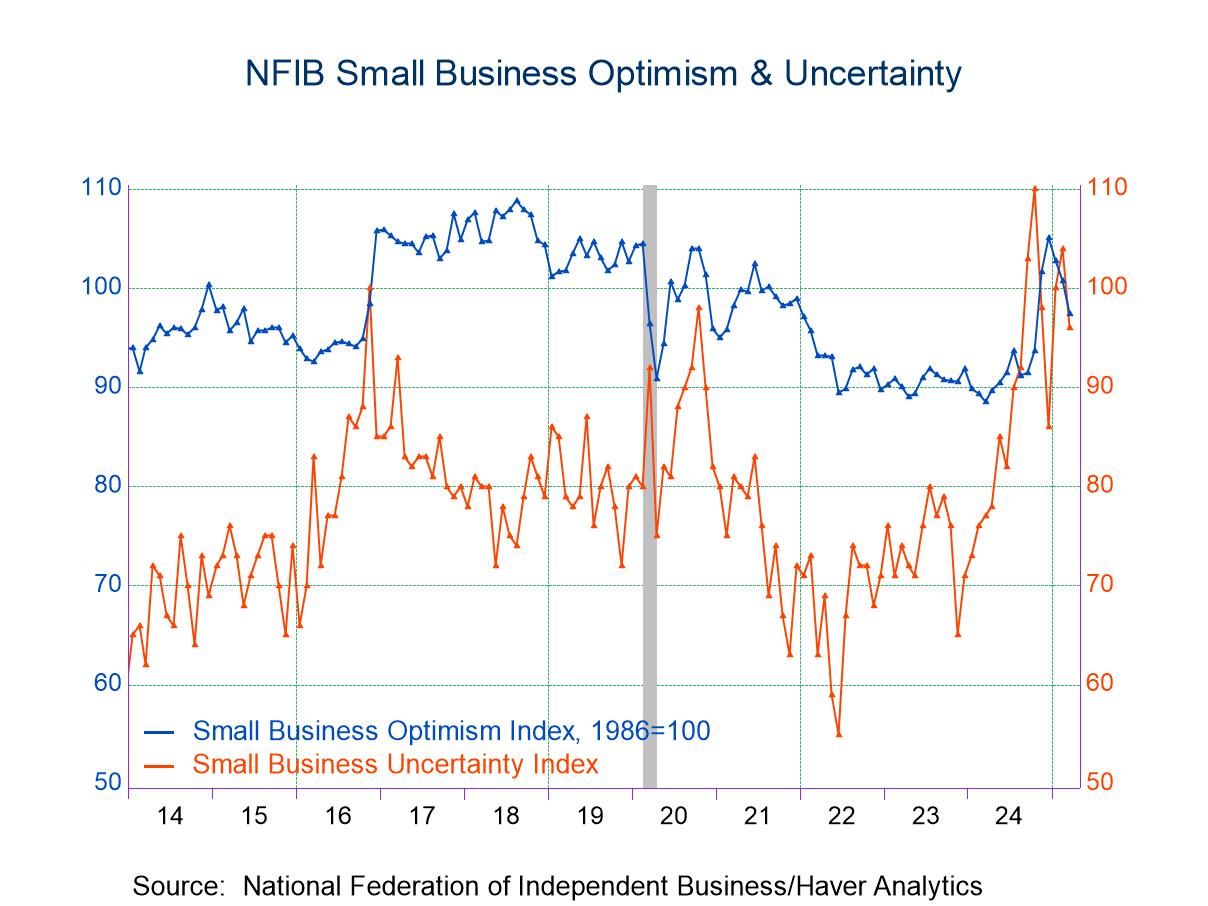U.S. Jobless Claims Rise Moderately in January 27 Week
Summary
- Initial unemployment insurance claims up 9,000 after prior week’s 26,000 rise.
- Continuing claims increase 70,000 in their latest week, but prior week revised down somewhat.
- Insured unemployment rate ticks up to 1.3%.


Initial claims for unemployment insurance rose 9,000 in the week ended January 27 to 224,000, seasonally adjusted, from 215,000 the prior week; that earlier amount was revised modestly from 214,000 reported initially, giving an increase of 26,000 for the January 20 week. The Action Economics Forecast Survey had expected the latest amount to be 210,000. With that latest week’s amount, the four-week moving average increased to 207,750 from 202,500 the week before.
The amount of insured unemployment – also known as continuing claims or continued weeks claimed – was 1.898 million, seasonally adjusted, in the week ended January 20, up from 1.828 million the week before. That earlier amount was revised down 5,000 from 1.833 million reported before.
The insured unemployment rate, that is, the number of continuing claims as a percentage of covered employment, was 1.3% in the January 20 week, up from 1.2% in each of the prior three weeks. Covered employment was 149.9 million in that January 20 week.
Insured unemployment rates vary widely by states and territories. In the January 13 week, the highest rates were in New Jersey (2.64%), Rhode Island (2.63%), Minnesota (2.44%), Massachusetts (2.28%) and California and Illinois (each 2.2%). The lowest rates were in Virginia (0.37%), Florida and North Carolina (each 0.4%), the Virgin Islands (0.5%), and Alabama and Kentucky (each 0.51%). Other major states include Pennsylvania (2.02%), New York (1.94%, Connecticut (1.84%), Ohio (1.14%) and Texas (1.1%). These state rates are not seasonally adjusted.
Data on weekly unemployment claims are from the Department of Labor itself, not the Bureau of Labor Statistics. They go back to 1967 and are contained in Haver’s WEEKLY database and summarized monthly in USECON. Data for individual states are in REGIONW back to December 1986. The expectations figure is from the Action Economics Forecast Survey, in the AS1REPNA database.


Carol Stone, CBE
AuthorMore in Author Profile »Carol Stone, CBE came to Haver Analytics in 2003 following more than 35 years as a financial market economist at major Wall Street financial institutions, most especially Merrill Lynch and Nomura Securities. She has broad experience in analysis and forecasting of flow-of-funds accounts, the federal budget and Federal Reserve operations. At Nomura Securites, among other duties, she developed various indicator forecasting tools and edited a daily global publication produced in London and New York for readers in Tokyo. At Haver Analytics, Carol is a member of the Research Department, aiding database managers with research and documentation efforts, as well as posting commentary on select economic reports. In addition, she conducts Ways-of-the-World, a blog on economic issues for an Episcopal-Church-affiliated website, The Geranium Farm. During her career, Carol served as an officer of the Money Marketeers and the Downtown Economists Club. She has a PhD from NYU's Stern School of Business. She lives in Brooklyn, New York, and has a weekend home on Long Island.





